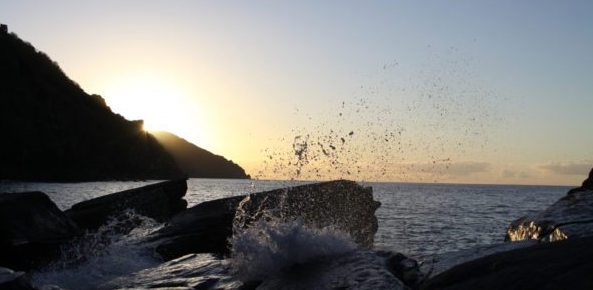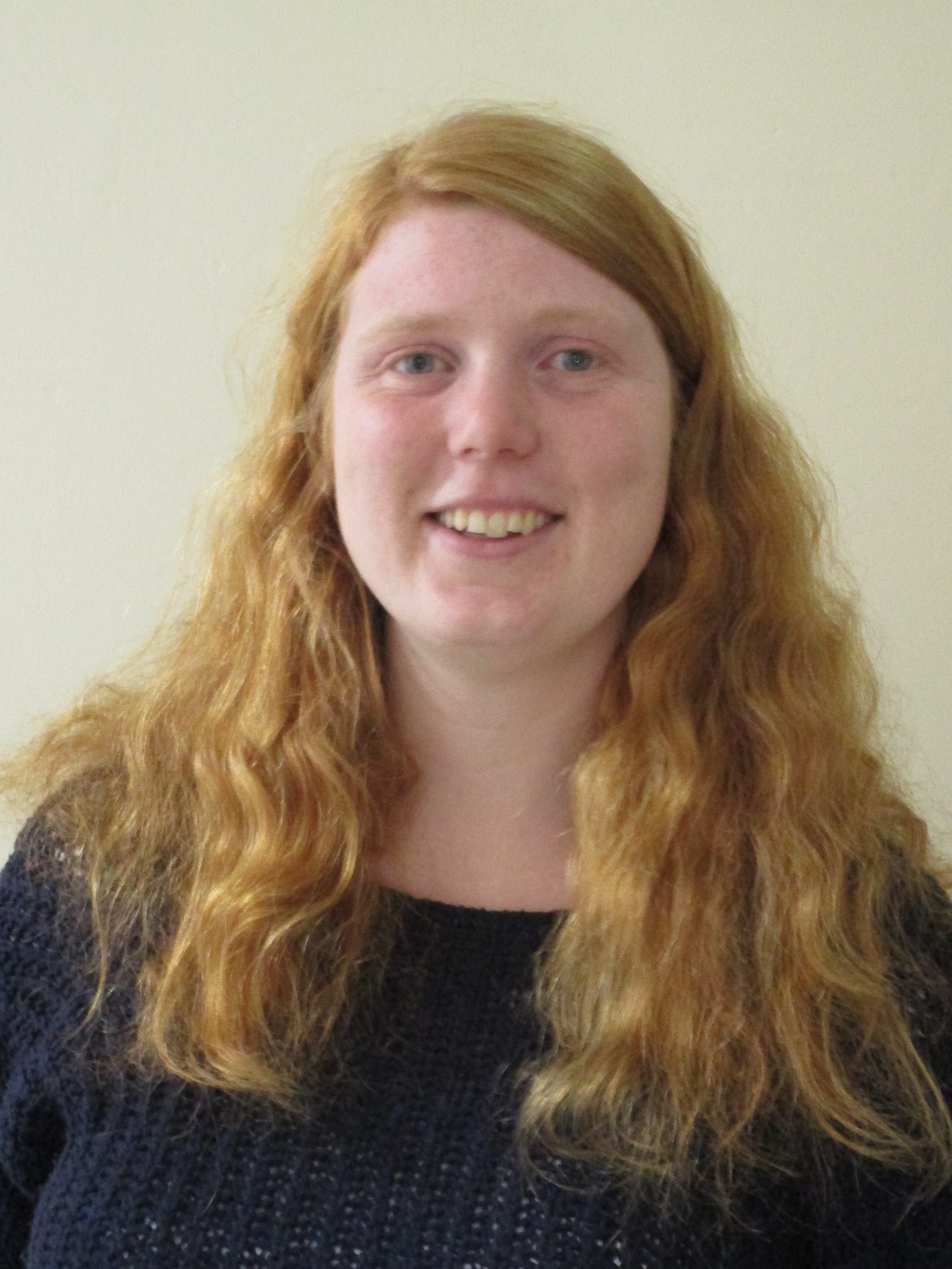
© Lee Abbey
It’s been a scorching summer and you may have found yourself down at the beach a few times. But how much do you know about the wildlife that lives on our beaches and in our seas? Last year I was introduced to Sea Watch: a programme that encourages the public to help those who work in the field learn more about the species that use our seas. Exmoor National Park were running a Sea Watch Training Day for anyone interested and had asked Lee Abbey to host it. As a member of the Lee Abbey community, and soon to be their Environmental Coordinator, I got the opportunity to join in.
We started the day at the Exmoor National Park centre in Lynmouth with some training about the species we were likely to see. After this, we made our way to the cliff top at Lee Abbey where there is a beautiful view of the Bristol Channel and Wales in the distance. Within minutes we spotted two Harbour Porpoise (Phocoena phocoena), a mother and her calf. It was enthralling. Watching how they move and interact, excitedly waiting for your next glimpse of them, is captivating.
In other Sea Watches I have not been so fortunate. This year Exmoor National Park came once again to Lee Abbey to show more members of the public how to conduct a Sea Watch. The sun was out, the sea calm and the visibility good, and yet we stood there with our binoculars waiting patiently, looking and looking until we had almost given up. With twenty two minutes to go a Harbour Porpoise was spotted! First there was just the one and then three more, then another two, then another one and another one after that! They were worth the wait. At times like these it is easy to look in awe at God’s creation and to feel the joy of witnessing another of his creatures – an intelligent creature whose lifestyle is so different from ours, and therefore somewhat mysterious and whose presence is never guaranteed.
People often ask, ‘what is the difference between a porpoise and a dolphin and how can you tell them apart from a distance?’ Unlike dolphins who will jump completely out of the water[1], Harbour Porpoise tend to expose only their dorsal fin and a short curve of their back. Harbour Porpoise are in the same group as dolphins and whales (cetaceans) and are the most commonly seen cetacean in Northern Europe. Another of the main distinguishing differences is their lack of beak, so they have a much rounder face than dolphins[2]. Harbour Porpoise are also brown all over whereas the Common Dolphin is two tone, dark grey on the top with a whiter hourglass shape on its flanks[3].
As a Christian, I believe that God calls us to be stewards of the earth by caring for his creation. At Lee Abbey we are fortunate that our estate includes a beach which is open to guests and public. However, this beach comes with a responsibility. The amount of plastic accumulating in the ocean and the effects that this has on wildlife has been all over the news recently. It is not unusual to see pictures of seabirds with plastic rings around their necks or turtles caught in rope. We hear about how plastic breaks down into smaller pieces which are toxic to fish and anything else that predates on them, including us.
To tackle this, many people take part in initiatives such as the ‘Great British Beach Clean’ run by the Marine Conservation Society, or the ‘International Coastal Cleanup’ set up by the Ocean Conservancy and we encourage our guests and community to join in with these. Just spending ten minutes picking up litter on a beach can save numerous lives in our oceans and is a great way to meet other like-minded people who also care about the planet. The Marine Conservation Society even encourage people to survey the litter they pick up and send the data back to identify what kind of litter is being thrown away. They use this information to influence organisations making the products to see if they can come up with a solution to reduce sea waste.
The newest initiative in this involves nurdle hunting. Nurdles are the little pieces of plastic, just bigger than a grain of sand, from which nearly all plastics start life [3]. They end up in the sea due to accidental spills from ships, and consequently, on our beaches too. Once in the sea, other spilt toxins are attracted to the nurdles and accumulate [3]. This year people all over the world have been sifting through sandy beaches for nurdles to help reduce the amount going back into the sea. It is movements like these that show just how important science and politics are in caring for the earth. When you join the community at Lee Abbey you make certain promises about the way you intend to live and one of our promises is to “cherish and protect God’s creation”. Sea Watches and beach cleans are just a small part of this.
Further information
The Marine Conservation Society
[1]W. Arkive, “Short-beaked common dolphin (Delphinus delphis),” 2018. [Online]. Available: http://www.arkive.org/short-beaked-common-dolphin/delphinus-delphis/.
[2]FIDRA, “Nurdle Free Oceans,” 2018. [Online]. Available: https://www.nurdlehunt.org.uk/
[3]Sea Watch Foundation, “Harbour Porpoise,” [Online]. Available: http://www.seawatchfoundation.org.uk/harbour-porpoise/

© Jo Greenwood
Jo Greenwood is the Environmental Coordinator at Lee Abbey in Devon, a Christian Conference Centre, where she works within a Christian community to encourage guests and the community to care for God’s creation. She has a BSc in Animal Behaviour and Welfare and has volunteered with the National Trust, Surrey Wildlife Trust, the RSPB, and A Rocha Canada. Jo arrived at Lee Abbey in 2016, initially working on the farm before changing roles in September 2017. In her spare time, she enjoys reading a good book as well as playing the trombone in the worship band and learning the flute.




